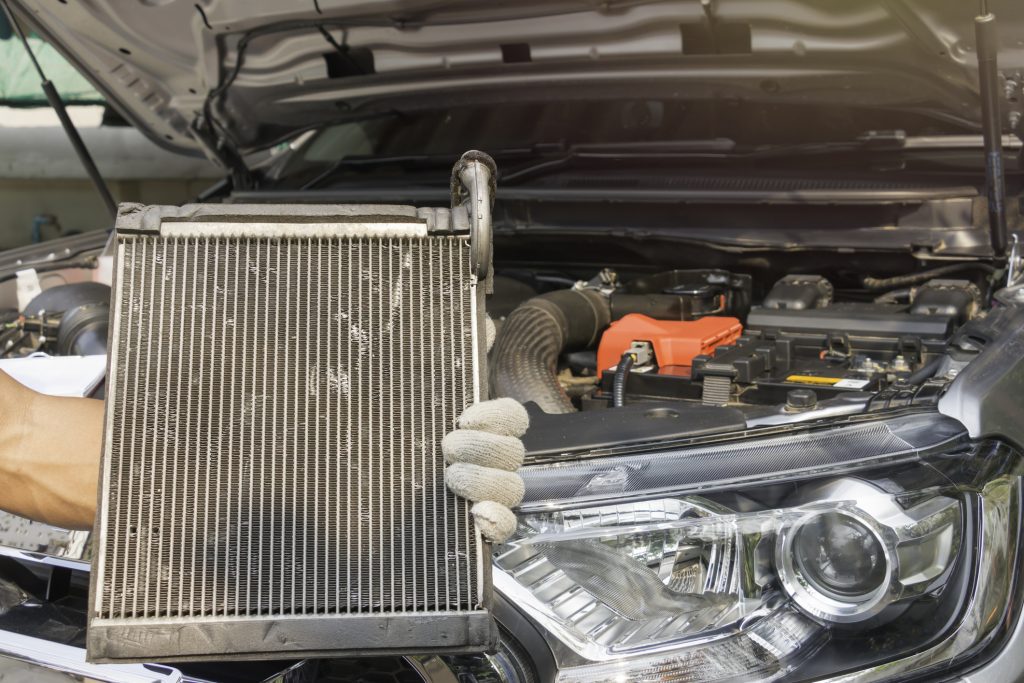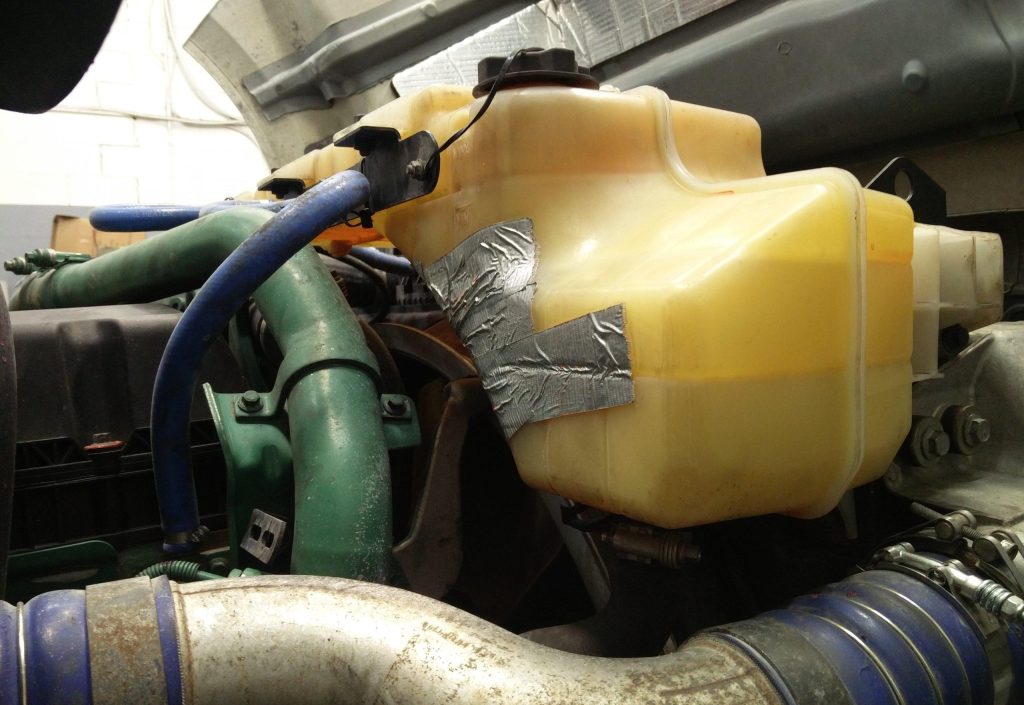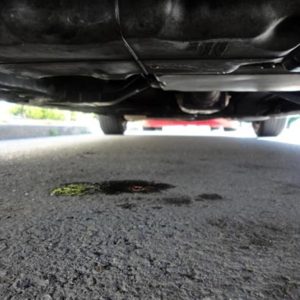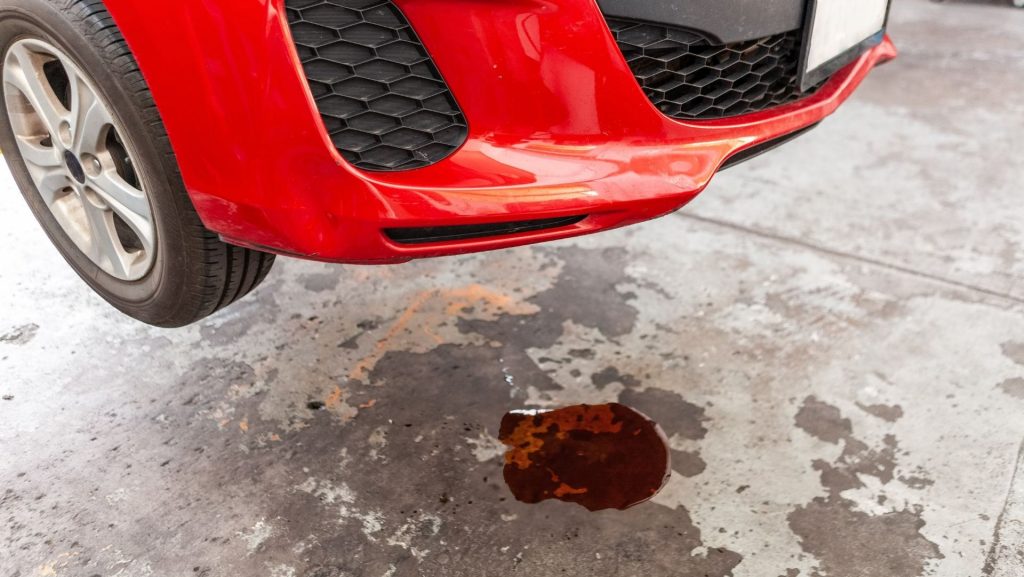At Bruno Automotive, one of the most common issues we see in the shop is coolant leaks — and it’s a problem you don’t want to ignore. Whether it’s a small drip or a major spill, coolant leaks can quickly lead to engine overheating and costly repairs if left unchecked.
In this article, we’ll explain what causes coolant leaks, the difference between your radiator and expansion tank (coolant reservoir), and the signs you should watch for.
What Is the Radiator and Expansion Tank?
Your vehicle’s cooling system is designed to keep your engine at a safe, consistent temperature. The two essential parts of this system are the radiator and the expansion tank (also called the coolant reservoir).
Radiator
A large, metal (usually aluminum) heat exchanger located at the front of your engine bay. It cools down the hot coolant by passing it through thin tubes and fins, with air flowing through to reduce the temperature.
Expansion Tank / Coolant Reservoir
A plastic tank that holds excess coolant. When the engine heats up and coolant expands, it flows into this tank. When the engine cools, the coolant is drawn back into the radiator. It’s usually translucent and marked with “Min” and “Max” lines so you can easily check coolant levels.
Radiator Leak vs. Expansion Tank Leak
While both parts hold coolant, a leak in either one can cause your engine to overheat — but they’re not the same.
Radiator Leak
This occurs if the radiator develops a crack, hole, or loose hose connection, allowing coolant to leak out.

Expansion Tank Leak
This happens when the plastic coolant reservoir develops cracks or the cap fails, causing coolant to escape.

⚠️ Both types of leaks reduce coolant levels, put your engine at risk, and need immediate attention.
Signs You Might Have a Coolant Leak
👀Watch for these common warning signs:
- Coolant puddles under your vehicle (often bright green, orange, or pink)
- Low coolant level in the reservoir (coolant light on)
- Engine temperature gauge is fluctuating or showing high heat
- Steam rising from the engine during or after driving
- Dashboard warning lights for engine temperature or coolant

If you notice any of the signs above:
- Don’t ignore it — coolant leaks can escalate to serious engine damage fast.
- Check your coolant level in the reservoir (only when the engine is cool).
- Top up if needed with the correct coolant type.
- Visit Bruno Automotive for a professional inspection. We’ll pressure test your cooling system to pinpoint the leak and recommend the right repair — whether it’s a cracked expansion tank, leaking radiator, or failing hose.
Why Trust Bruno Automotive?
- Expert technicians with years of cooling system repair experience
- Use of high-quality OEM or trusted aftermarket parts
- Quick, reliable service to get you back on the road safely
- Honest, upfront pricing and clear explanations — no surprises
Book Your Cooling System Inspection Today!
A coolant leak isn’t something to put off. Let the team at Bruno Automotive help you keep your engine running smoothly and your cooling system leak-free.
Book your appointment now or call us today 604.986 7975!

